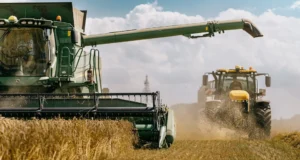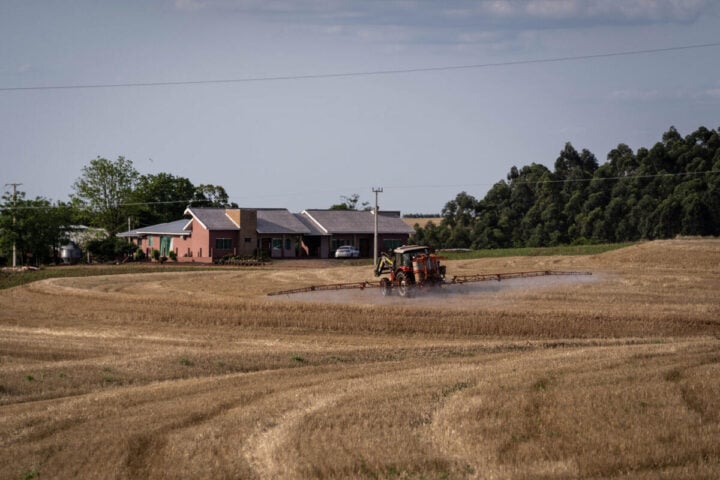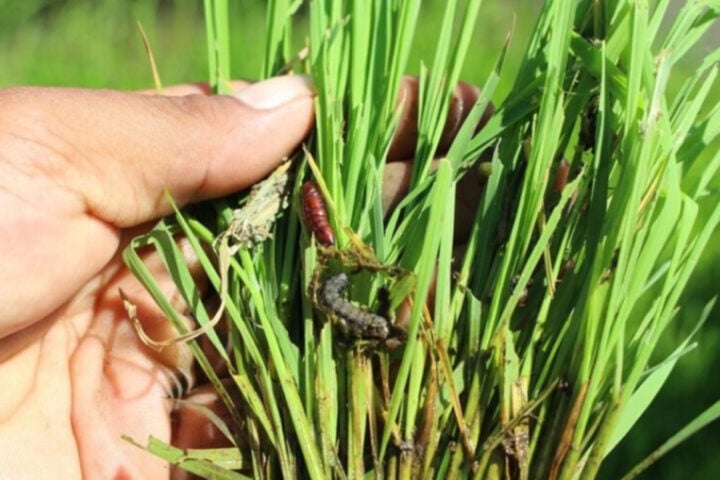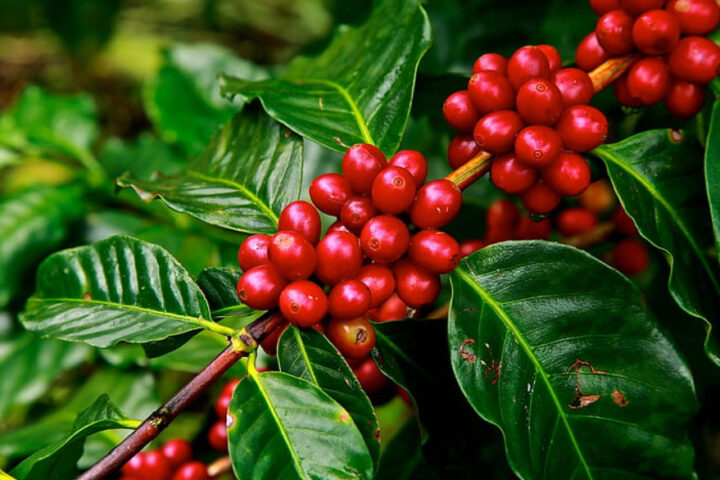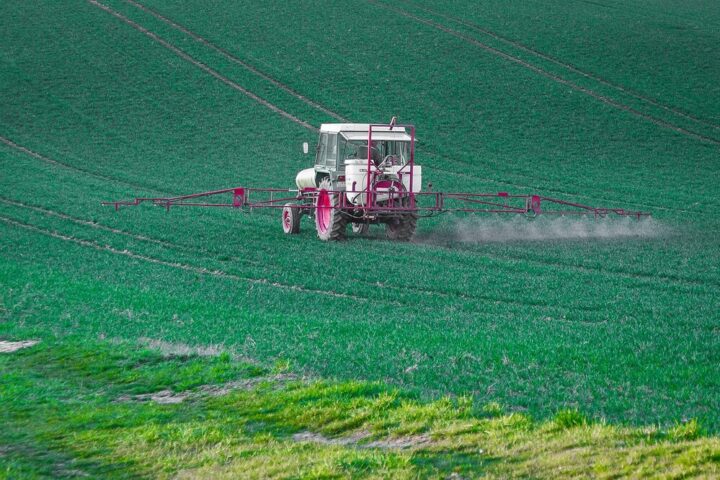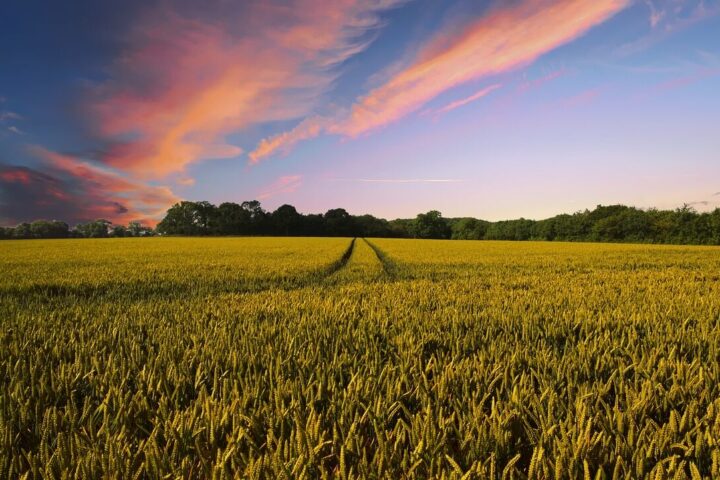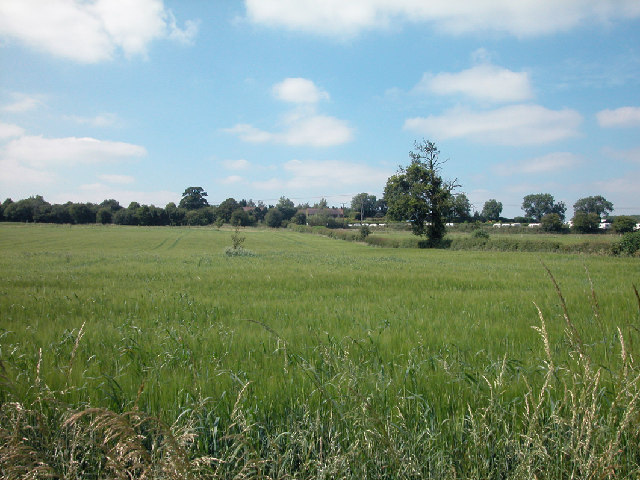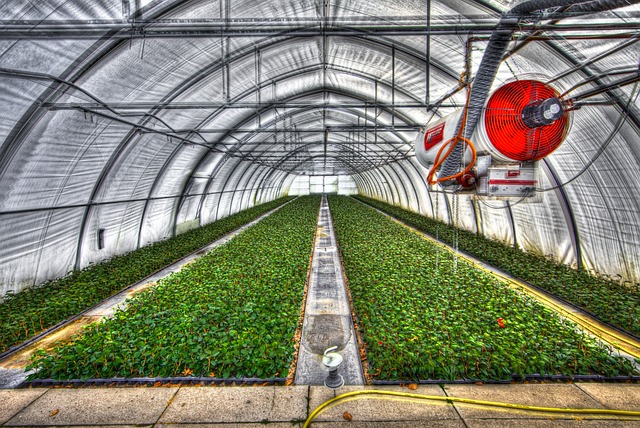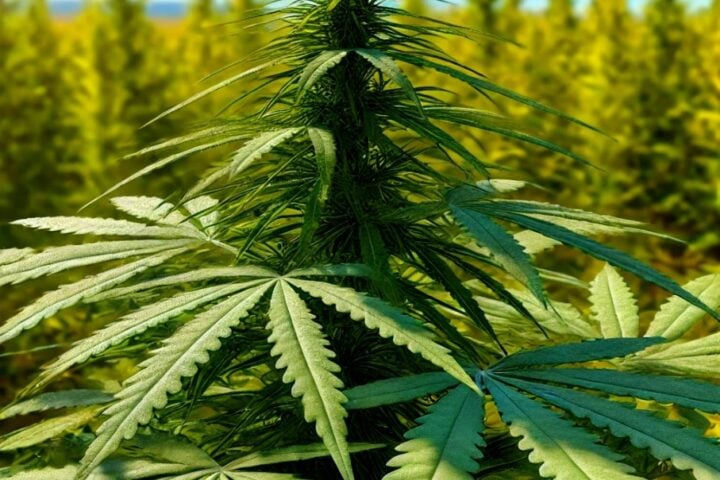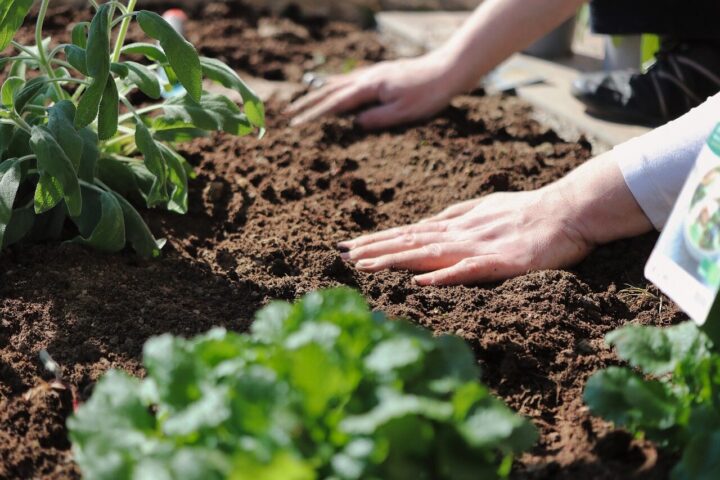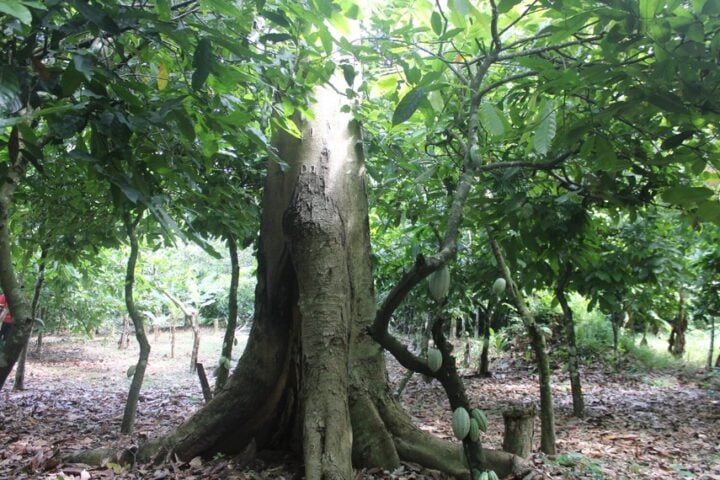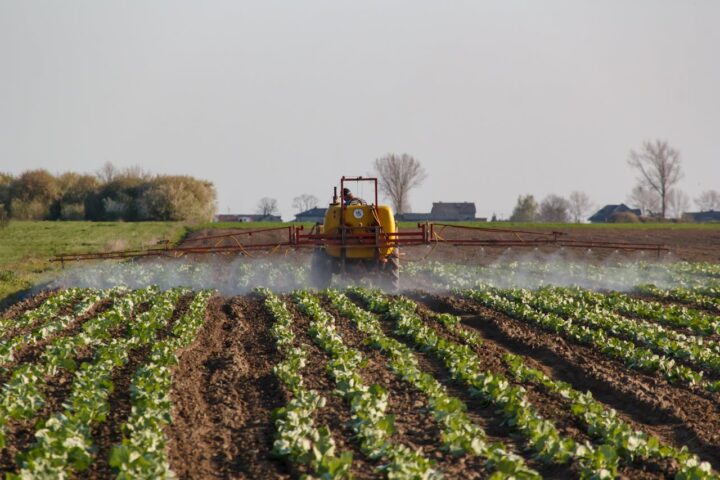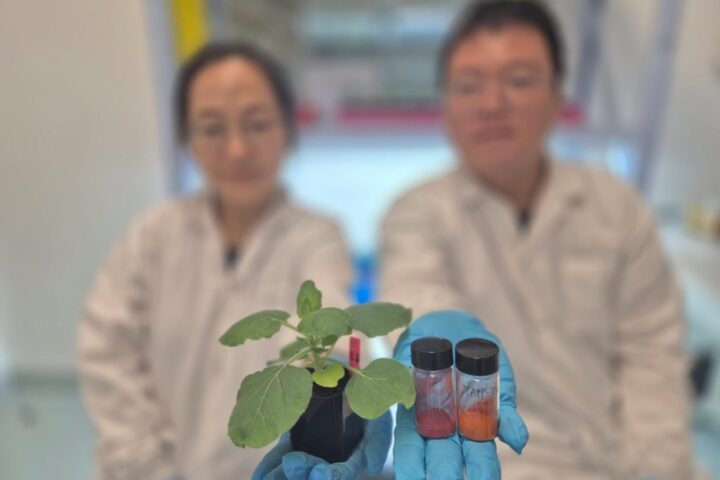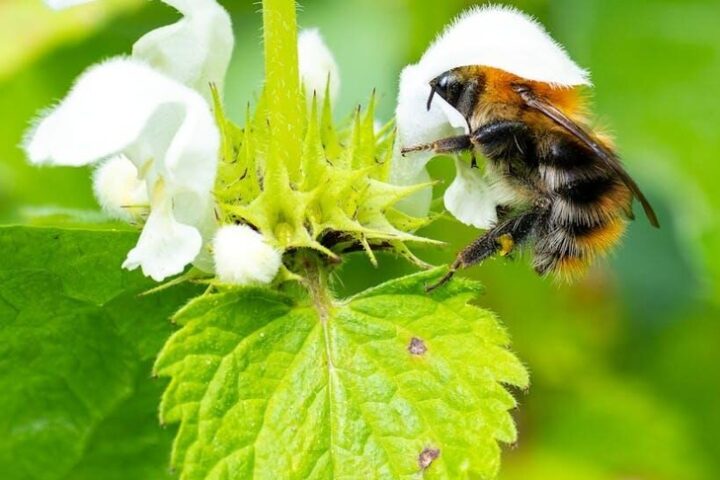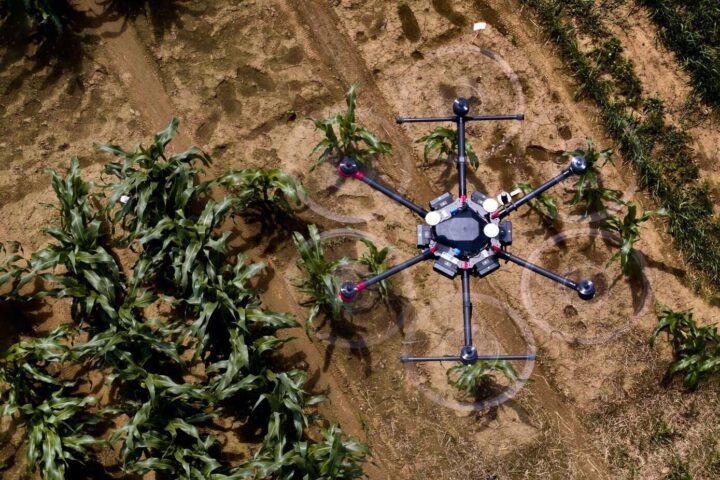Back in the 1980s, when carbon markets were just theoretical discussions in environmental economics journals, few farmers thought about selling carbon credits. Now in November 2024, as DNV completes its third verification of Agreena’s soil carbon program, 2,300 farmers across 20 countries are doing exactly that – turning better soil management into carbon credits across 4.5 million hectares of farmland.
The dirt under farmers’ boots tells the carbon story. Every time a plow breaks open the soil, it releases stored carbon into the atmosphere. Each pass of a diesel tractor adds more. When synthetic fertilizer arrives at the farm gate, it brings an invisible carbon backpack – 4-6 tons of CO2 released during production of each ton of nitrogen through the energy-intensive Haber-Bosch process.
Yet carbon dioxide makes up more than 5 to 7% of farming’s greenhouse gas emissions. The real climate impact comes from methane burping out of cattle and nitrous oxide wafting up from fertilized fields. This is where Agreena’s digital measuring system comes in, tracking how farmers are changing their practices to keep carbon in the ground.
“Agreena is incredibly proud to have achieved verification from our highly respected assurance partner,” says Simon Haldrup, who’s watched Agreena grow 350% in two years as CEO. The company’s monitoring system, now validated under ISO 14064-2 standards, follows the carbon through every step. Satellite images track field boundaries to prevent double-counting. Soil samples verify carbon stocks. Independent auditors show up in muddy boots to check that cover crops are growing and crop residues stay in the field.
Out in the fields, the changes are visible. Farmers are parking their plows, switching to no-till drills that plant seeds with minimal soil disturbance. Cover crops blanket fields through winter, their roots pumping carbon underground while feeding beneficial fungi and microbes. Soil organic matter is increasing – each 1% boost lets soil hold another 20,000 gallons of water per acre.
The science backs up what farmers see. Recent studies show regenerative practices can boost soil organic carbon significantly.The FAO’s Strategy for Climate Change 2022-2031 identifies agrifood system transformation as a key climate solution, projecting that sustainable agricultural practices could significantly reduce emissions and enhance carbon sequestration across millions of hectares globally.
Geir Fuglerud, who leads Supply Chain & Product Assurance at DNV, puts it plainly: “Regenerative farming can play an important role in tackling greenhouse gas emissions and achieving net zero targets – but only if all stakeholders can be certain that the carbon impacts are accurately monitored and measured.”
More Stories
New technology helps provide that certainty. Advanced soil sensors now track carbon levels, moisture, and microbial activity in real time. Machine learning systems process this data alongside satellite imagery to verify that promised practices are happening on the ground. The methodology aligns with Verra’s updated VM0042 protocol for agricultural carbon projects, with detailed requirements for soil sampling and carbon accounting.
Companies buying these carbon credits receive comprehensive documentation – field boundaries, practice verification, satellite imagery, and on-the-ground audit results. It’s a far cry from theoretical carbon markets of the 1980s. Today’s agricultural carbon credits come with a clear chain of evidence from field to final sale.
For farmers watching carbon markets develop over decades, this third-party verification adds confidence that their soil-building practices count. The program spans everything from proper residue management to careful nutrient planning. Each verified ton of carbon represents real changes in how farmers work their land – changes that show up in both soil tests and satellite images.
